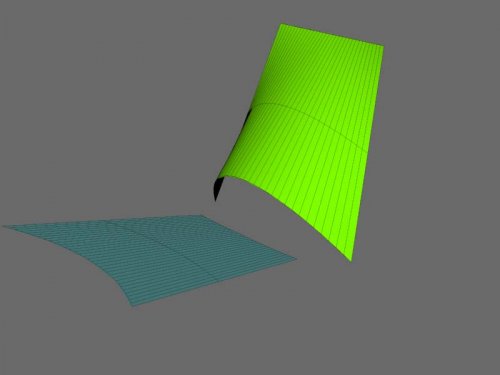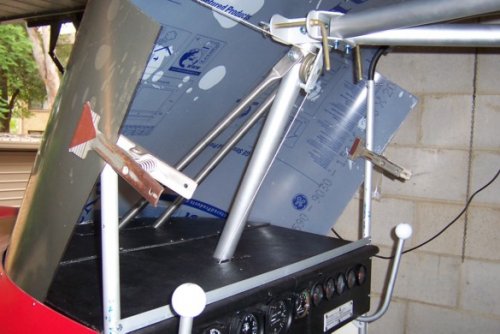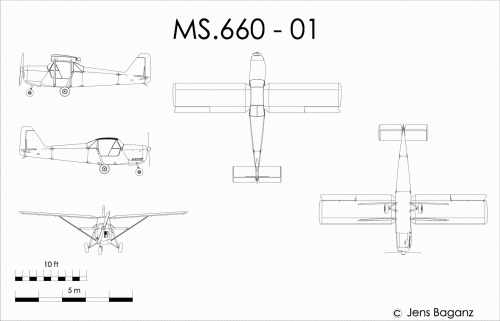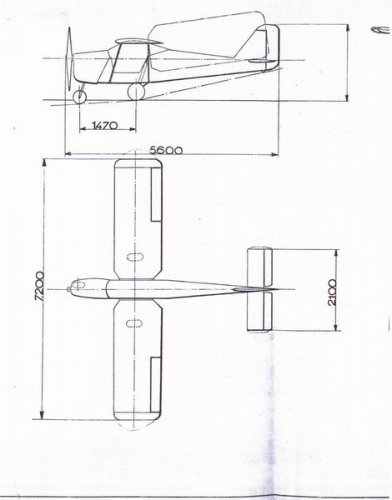- Joined
- 11 March 2006
- Messages
- 8,626
- Reaction score
- 3,811
Acrylic glass, in aviation often called “Perspex”, although that’s just a brand name, is
the an often used material for aircraft canopies and windows since the early ‘30s.
Flat windows can be made of sheets, forming of more complex structures is done using
heat and pressure AFAIK. But the material has an inherent flexibility, can this be used
to form curved windows, just by sqeezing and fixing it into a frame, without affecting
the optical qualities ?
During my own tests with a piece of acrylic glass there appeared reflections at quite a low
bend angle, but of course I had no material certified for aviation ! But maybe more important,
than just the technical possibility, is the question if such a method would be admissible,
because it could decrease the materials resistance against cracking, I think. Or could the
overall strength of the windshield/frame combination even increase by this kind of prestressing ?
But my main question is, if bended windows made from acrylic glas were (and are ?) used in aviation.
the an often used material for aircraft canopies and windows since the early ‘30s.
Flat windows can be made of sheets, forming of more complex structures is done using
heat and pressure AFAIK. But the material has an inherent flexibility, can this be used
to form curved windows, just by sqeezing and fixing it into a frame, without affecting
the optical qualities ?
During my own tests with a piece of acrylic glass there appeared reflections at quite a low
bend angle, but of course I had no material certified for aviation ! But maybe more important,
than just the technical possibility, is the question if such a method would be admissible,
because it could decrease the materials resistance against cracking, I think. Or could the
overall strength of the windshield/frame combination even increase by this kind of prestressing ?
But my main question is, if bended windows made from acrylic glas were (and are ?) used in aviation.




